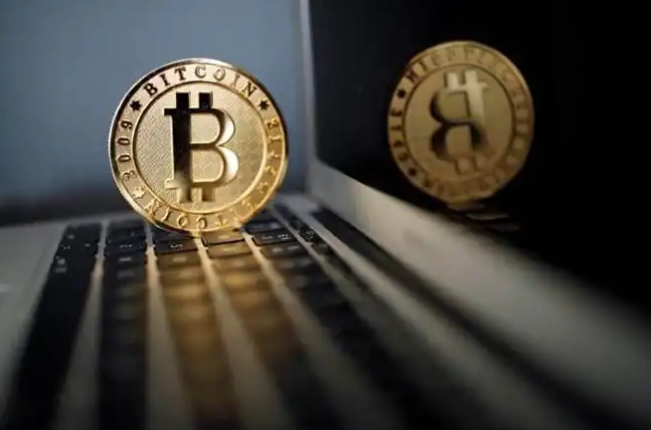To cut through some of the confusion surrounding bitcoin, we need to separate it into two components. On the one hand, you have bitcoin-the-token, a snippet of code that represents ownership of a digital concept – sort of like a virtual IOU. On the other hand, you have bitcoin-the-protocol, a distributed network that maintains a ledger of balances of bitcoin-the-token. Both are referred to as "bitcoin."
The system enables payments to be sent between users without passing through a central authority, such as a bank or payment gateway. It is created and held electronically. Bitcoins aren't printed, like dollars or euros – they're produced by computers all around the world, using free software.
It was the first example of what we today call cryptocurrencies, a growing asset class that shares some characteristics of traditional currencies, with verification based on cryptography.
